Category: Features
-
John Turner on his Joseph Smith Biography
John Turner is known in Latter-day Saint circles for his biography of Brigham Young and his book The Mormon Jesus: A Biography. Next year, however, he will add to that collection with John Turner’s Joseph Smith biography. Turner recently spoke about the forthcoming biography with From the Desk, and announced that “I loved writing Joseph…
-
Joseph Smith’s Uncanonized Revelations, a Review
Joseph Smith’s Uncanonized Revelations, edited by Stephen O. Smoot and Brian C. Passantino, is a new collection of revelations by or attributed to Joseph Smith. It builds upon the research and publication of documents by the Joseph Smith Papers Project, drawing together the relevant documents into one easily accessible place and providing context for each.…
-
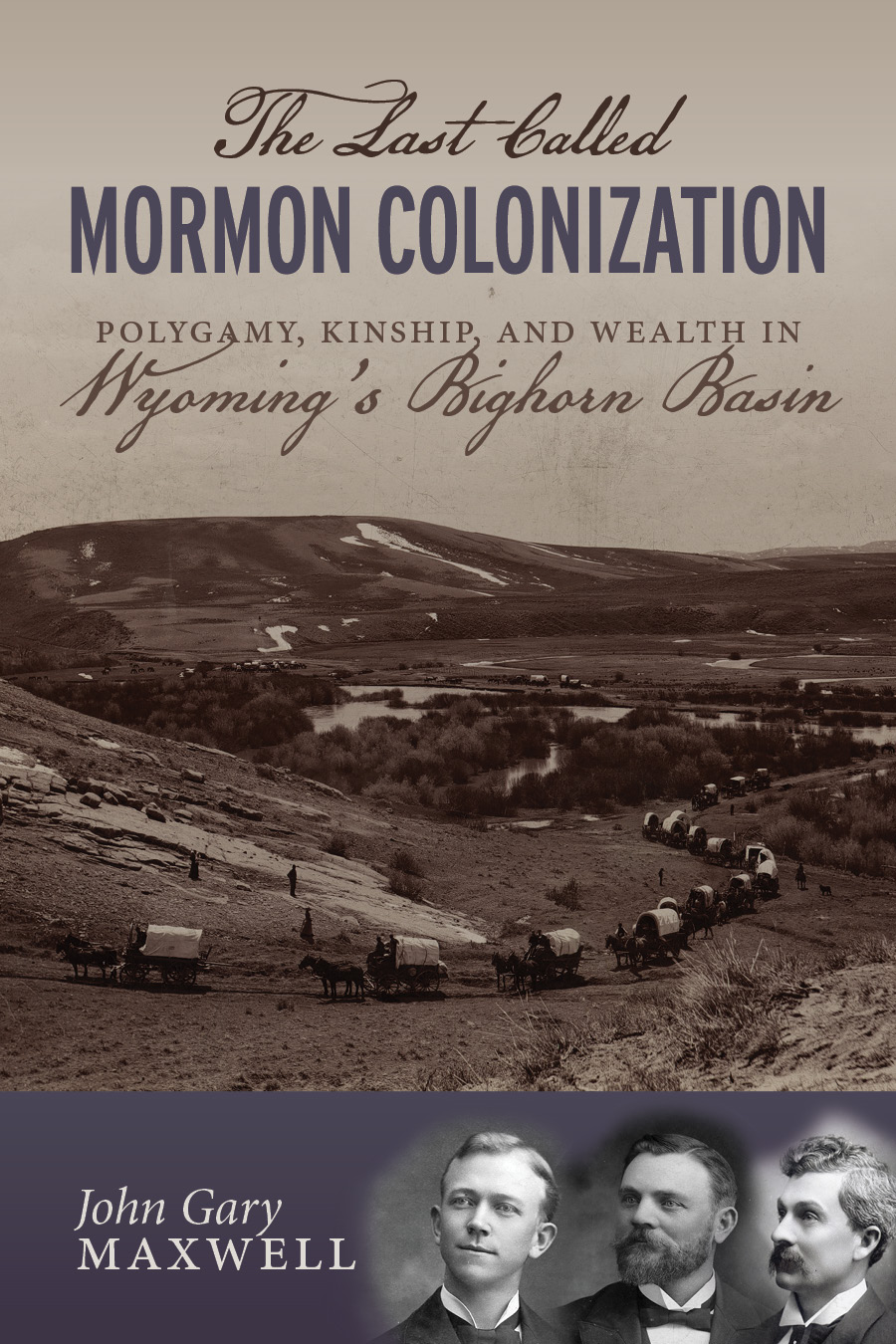
A Review: The Last Called Mormon Colonization
Growing up in Utah, I heard many pioneer stories about my ancestors and their colleagues who traveled west to settle the Intermountain West region. I found, however, that many of the stories focused on the journey itself rather than the years that followed as they established settlements and survived in an arid region. The latter…
-
A Review: Buffalo Bill and the Mormons
Buffalo Bill and the Mormons by Brent M. Rogers is a fun and interesting book about the intersections of “Buffalo Bill” Cody’s life with the Latter-day Saints. The basic idea is that the American superstar, soldier, bison hunter, and showman launched his acting career at a time when anti-Mormon propaganda had become a profitable and…
-
The 1978 Priesthood Revelation Process
The term “revelation” in The Church of Jesus Christ of Latter-day Saints is a word with multiple interpretations, as can be seen in the process that led to the 1978 priesthood revelation.
-
Wilford Woodruff and the Founding Fathers
While Wilford Woodruff has only one canonized document in Latter-day Saint scriptures (Official Declaration 1), he did record a number of visions and revelations of his own. Perhaps the best-known among these is his vision of Wilford Woodruff and the Founding Fathers that led him to do proxy temple work for them and other eminent…
-
The Latter-day Saint Chicago Experiment
The Chicago Experiment was an effort to train some of the best teachers in the Church to the academic standards of Biblical Studies applied elsewhere in Western Civilization during the 1930s. The results were mixed, with some of the scholars going on to improve the Church Education System, while others struggled to reconcile what they…
-

All Indians Today Descend From Lehi
As the children of Lehi and Sariah intermarried with first Ishamel’s offspring and then their children intermixed with the natives of the Americas, what has been the result genetically after 2,600 years? Are the American Indians encountered by the Europeans in 1492 and beyond also descendants of Lehi and Sariah?
-
Michael Austin on the Book of Mormon
A fascinating read that was recently published is Michael Austin’s The Testimony of Two Nations. I’ve already done a review of the book, but wanted to highlight a recent interview that Michael Austin did at the Latter-day history blog From the Desk that shared some interesting insights from the book. What follows here is a…
-
You Might Be a Pharisee if…
The Pharisees get a bad reputation from their portrayal in the gospels, but it probably isn’t deserved. Jewish scholar Amy-Jill Levine recently discussed why that is likely to be the case that we are guilty of misunderstanding the Pharisees in a recent interview at the Latter-day Saint history blog From the Desk. What follows here…
-
Joseph Spencer on Bruce R. McConkie’s Legacy
Long-time followers of my blog posts (if any exist) are likely aware that I have a complicated relationship with Elder Bruce R. McConkie. He was hugely influential to me in my teenage years and early twenties before my own views of Latter-day Saint theology began to conflict with his in a few very notable ways.…
-
Theology in Alma
Just in time for us to study Alma in “Come, Follow Me,” the Latter-day Saint history blog From the Desk published an interview with Kylie Nielson Turley about theology in Alma. Kylie Nielson Turley wrote the Maxwell Institute’s brief theological introduction to the first half of the Book of Alma and has a lot of…
-
Joseph Smith’s Uncanonized Revelations
I don’t think it’s a secret that I have an ongoing fascination with the Doctrine and Covenants. I am, after all, publishing a book about it this winter and (as my Mexican Mission Hymns project is coming to a close), I’m beginning work on an annotated edition of the Doctrine and Covenants. But that fascination…
-
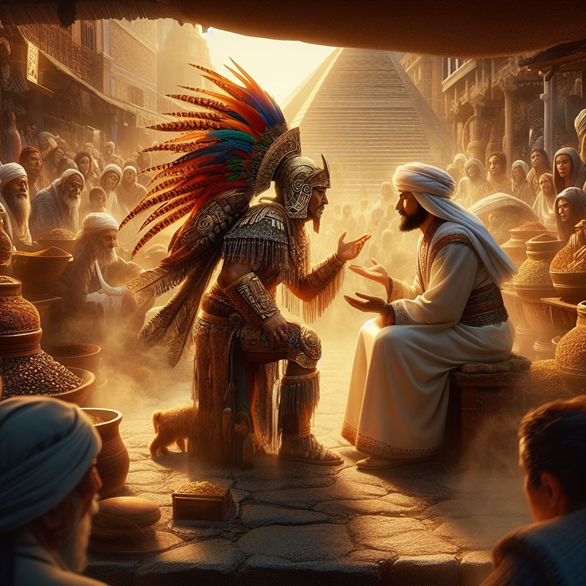
Sherem the Native American
Despite keeping the name-title of the Nephite founder in their royal name, the outsized positive influence of that prophet-king and founder of the Nephites was clearly quickly missed. “The people of Nephi, under the reign of the second king, began to grow hard in their hearts, and indulge themselves somewhat in wicked practices,” Jacob lamented…
-
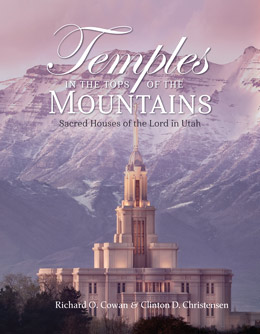
Temples in the Tops of the Mountains
Temples in the Tops of the Mountains: Sacred Houses of the Lord in Utah by Richard O. Cowan and Clinton D. Christensen (BYU RSC and Deseret Book Company, 2023) helped me solve a long-time mystery about my life. You see, when I was six years old, I went to the Vernal, Utah Temple open house.…
-

Nephite Succession Crisis
It was a coup (or divine providence) that Nephi and his brothers Jacob and Joseph were able to assert themselves as religious leaders in this new land, spiritually guiding thousands who were already in the Americas. Emerging as the political leaders of this large, mostly non-Jewish People of Nephi was trickier. Nephi’s inspired leadership, however,…
-
Septuagint
When Jesus and the early Christians talked about the scriptures, they were using a version that is different from the manuscript basis of most English translations, including the King James Version that is so often used in Latter-day Saint circles. In a Hellenistic world, they relied on the Septuagint—a Greek translation of the Tanakh (Old…
-
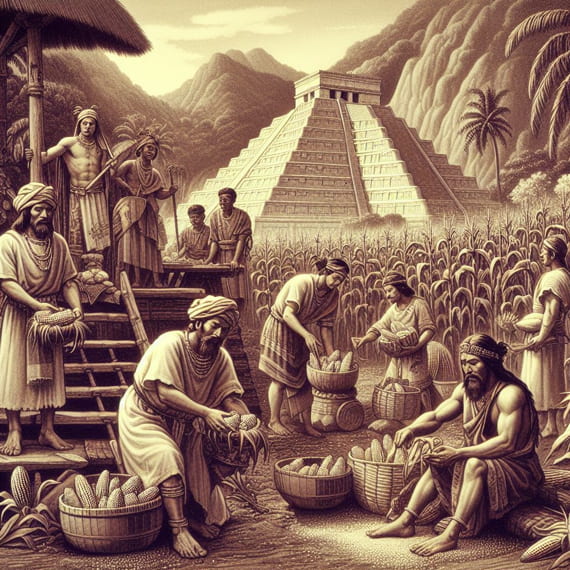
Lehi’s Thanksgiving
I envision Lehi and his family encountering some curious native villagers near their initial landing beach in the Promised Land. I can imagine that the first Native Americans to see these strangers from the Middle East sailing to their shores in a vessel larger than any canoe may have viewed them as gods. From Christopher…
-
On Willard Richards
I’ve written previously about the reality that many of the counselors in the First Presidency of The Church of Jesus Christ of Latter-day Saints have a huge impact on the Church, but they may not always be remembered by the general membership after a generation or two. I made that remark specifically with George Q.…
-
The Tribes that Greeted the Lehites
As we read the Book of Mormon, we will better appreciate its authenticity if we see its stories in the context of the Nephites and Lamanites continuously bumping up against Native American tribes who were already in the Americas. The Promised Land was not an empty land, as many throughout Church history sometimes imagined. In…
-
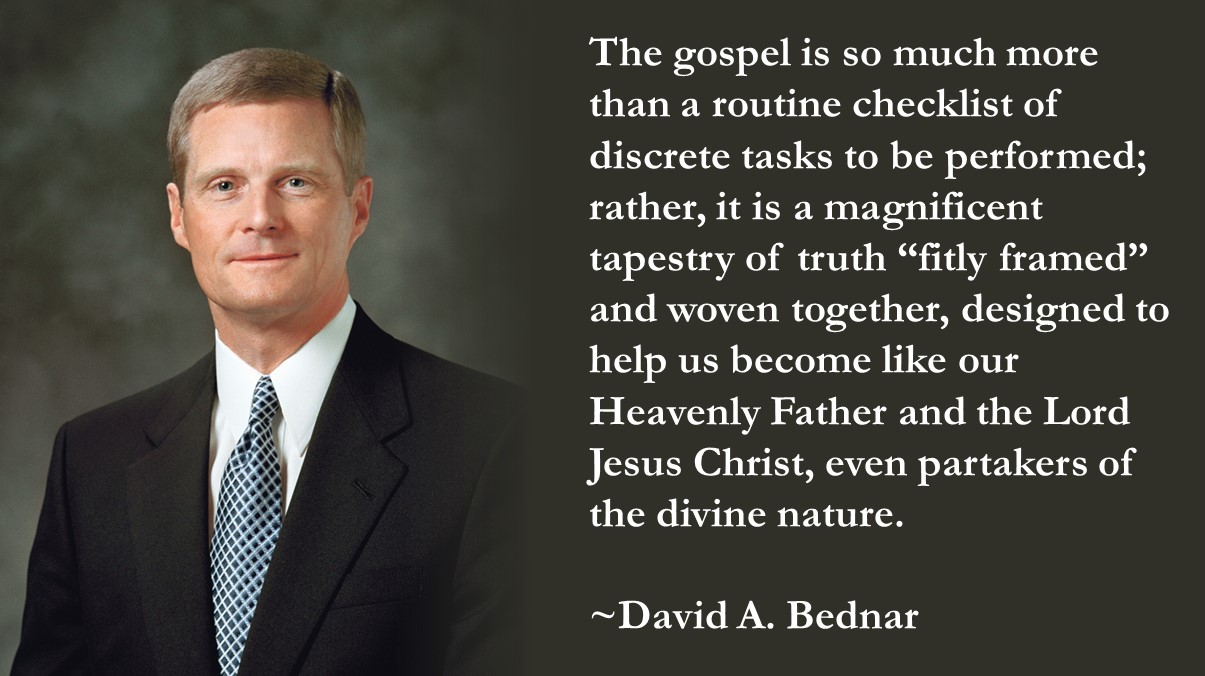
Thoughts on David A. Bednar
I recently worked on reviewing the addresses of Elder David A. Bednar to put together a David A. Bednar quotes page over at From the Desk. As I worked on it, I noticed some interesting patterns and other observations that I thought I would share. These include a standardized structure he seems to follow, some…
-
The Copper Scrolls
One of the more interesting finds among the dead sea scrolls is a text that was written onto copper rather than papyrus of animal skin. It’s a unique find, and has become an area of interest for the noted scholar George J. Brooke, who recently spoke with the Latter-day Saint history blog From the Desk…
-
Joseph White Musser
Mormon Fundamentalism is a well known collective term for groups of Latter-day Saints who attempt to replicate the doctrines and practices of The Church of Jesus Christ of Latter-day Saints in the 1840 – 1890 era, most notably plural marriage. Less well-known, perhaps, are the figures who initially organized and developed the Fundamentalist Mormon movement,…
-
The Heart of the Matter: A Review
The Heart of the Matter, by President Russell M. Nelson, is a book to live by. It serves as a collection and presentation of his core messages as president of The Church of Jesus Christ of Latter-day Saints and provides guidance for both belief and living as a member of that church.
-
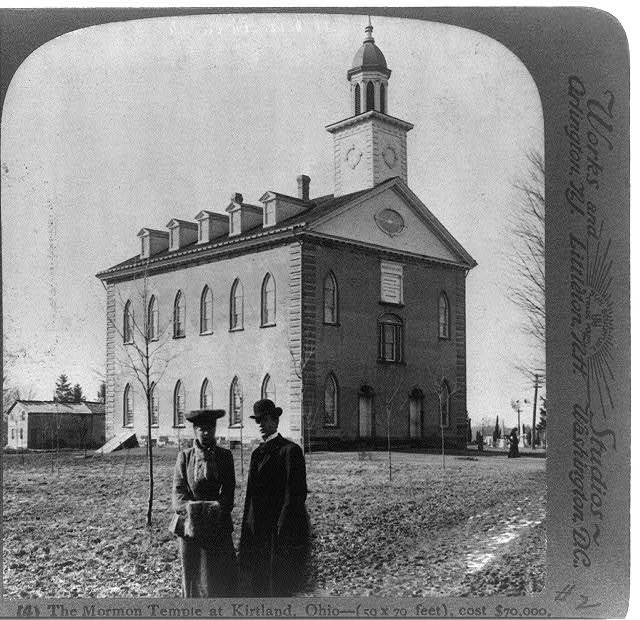
The House of the Lord in Kirtland
The House of the Lord in Kirtland, Ohio has been a major topic in the news as of late, thanks to the recent transfer of ownership between Community of Christ and The Church of Jesus Christ of Latter-day Saints. On the very same day that the transfer was announced, the Latter-day Saint history blog From…
-
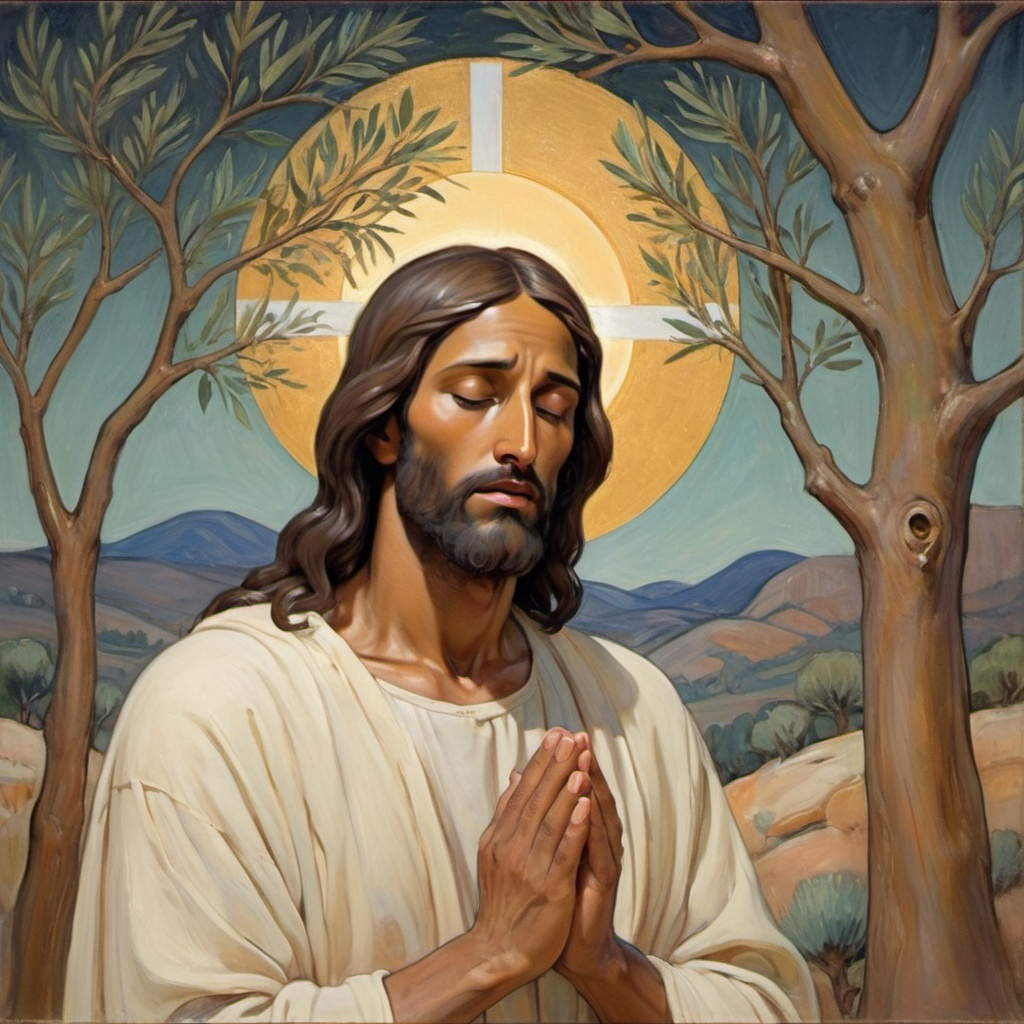
Atonement in the Book of Mormon
The Atonement of Jesus Christ is central to our faith and also central to the message of the Book of Mormon. What exactly, however, does the Book of Mormon say about the Atonement of Jesus Christ? In a recent interview at the Latter-day Saint history blog From the Desk, Nick Frederick discussed Atonement in the…
-
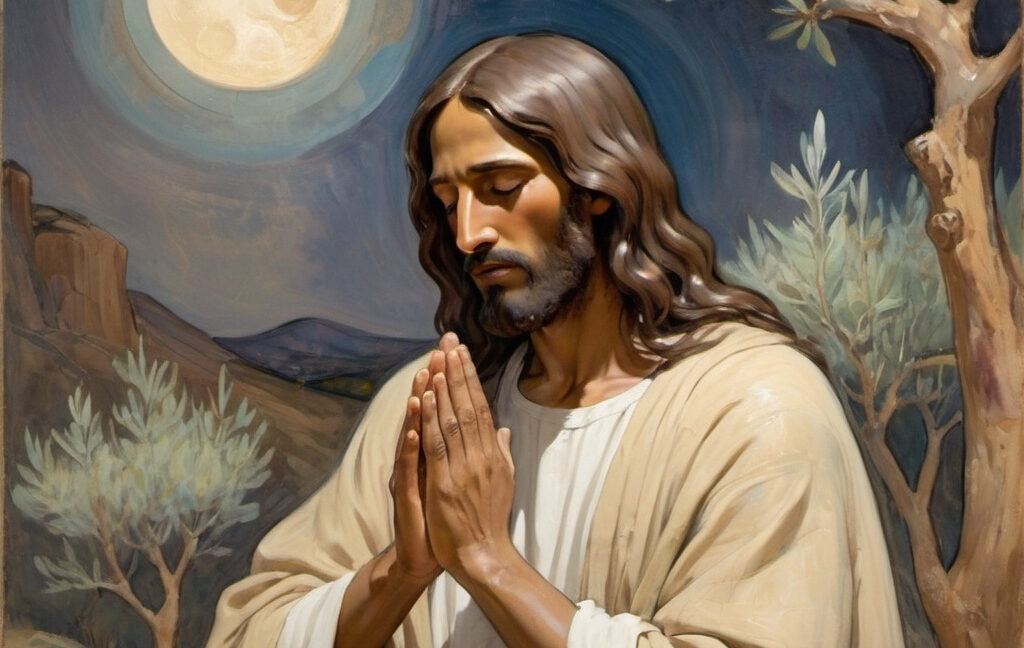
The Purifying Power of Gethsemane
As we are in Easter season, it is appropriate to ponder on the life, teachings and Atonement of Jesus Christ. One of the best talks given by Latter-day Saint leaders on the subject is “The Purifying Power of Gethsemane”, Elder Bruce R. McConkie’s final testimony. The talk was discussed in a recent post at the…
-
The White Horse Prophecy
There are a few high-profile apocalyptic prophecies in Latter-day Saint history that have pretty shaky provenances. Perhaps foremost among them is the White Horse Prophecy. This complicated document was recently discussed at the Latter-day Saint history blog From the Desk. What follows here is a co-post to the full discussion.
-
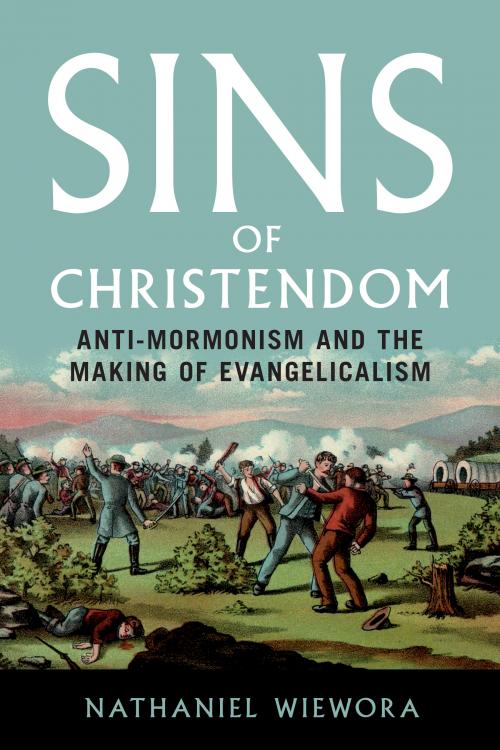
Sins of Christendom: A Review
Anti-Mormon literature is always a touchy subject, but Sins of Christendom: Anti-Mormonism and the Making of Evangelicalism by Nathaniel Wiewora handles it deftly, putting it in a broader context of change and debate within Evangelical Christianity.
-
American Zion: A Review
If I were to ever write a single-volume history of The Church of Jesus Christ of Latter-day Saints, I hope that it would turn out like Benjamin E. Park’s American Zion: A New History of Mormonism (Liveright, 2024). It is a very nuanced, insightful, and well-written take on Latter-day Saint history in the United States.…
